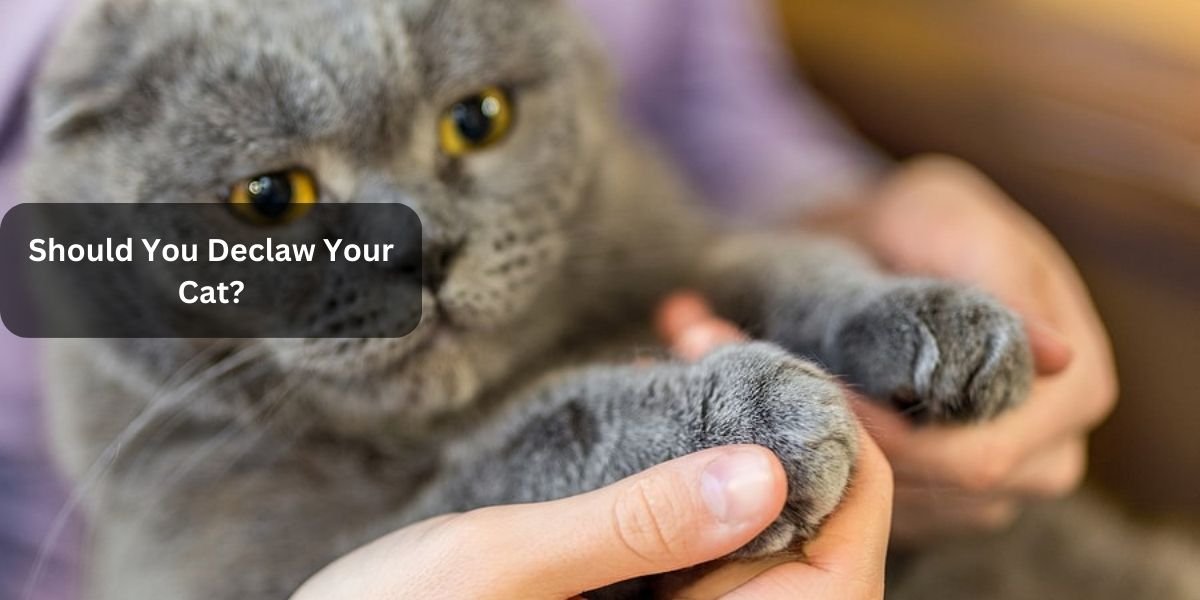Introduction
The decision to declaw a cat is a topic that sparks debate among pet owners, veterinarians, and animal welfare advocates. Before making this choice, it’s essential to understand the procedure, its implications, and alternative options for addressing scratching behavior.
What is Declawing?
Declawing, technically known as onychectomy, is a surgical procedure that involves the amputation of a cat’s claws along with the last bone of each toe. It is a major and irreversible surgery that, while common in some regions, is considered controversial due to its potential impact on a cat’s well-being.
Pros and Cons of Declawing
Pros:
1. Prevention of Scratching Damage
Declawing can prevent damage to furniture, belongings, and potential harm to family members, especially if a cat is prone to aggressive scratching.
2. Addressing Medical Issues
In some cases, declawing is recommended as a solution to certain medical conditions, such as recurring infections or tumors in the claws.
Cons:
1. Pain and Discomfort
Declawing is a painful procedure that involves the amputation of bone and tissue. Cats may experience pain during recovery, and some may develop long-term discomfort.
2. Behavioral Changes
Declawing can lead to behavioral changes, including increased aggression, fear, or avoidance. Cats may also develop litter box aversion due to pain in their paws.
3. Loss of Natural Defense
Cats use their claws for defense in the wild. Declawing removes this natural means of protection, leaving them vulnerable to potential threats.
Alternatives to Declawing
1. Regular Nail Trimming
Regular nail trimming is a non-invasive alternative to declawing. By trimming the tips of a cat’s claws, you can reduce the impact of scratching without causing pain or permanent damage.
2. Scratching Posts and Pads
Provide appropriate outlets for scratching behavior, such as scratching posts or pads. Cats have a natural instinct to scratch, and providing designated areas can help redirect this behavior.
3. Soft Nail Caps
Soft nail caps, applied to a cat’s claws, offer a temporary solution to prevent damage from scratching. These caps are non-toxic and gradually fall off as the cat’s claws grow.
Making an Informed Decision
Before deciding to declaw a cat, consult with a veterinarian. They can provide information on the procedure, discuss potential alternatives, and help assess whether declawing is medically necessary for your cat.
Conclusion
Declawing a cat is a decision that should be made with careful consideration of the potential benefits and drawbacks. Understanding the procedure, exploring alternative options, and consulting with a veterinarian are crucial steps in ensuring the well-being of your feline companion.
FAQs (Frequently Asked Questions)
Q1: Is declawing illegal in some places?
A1: Yes, declawing is prohibited or restricted in several countries and some states within the United States. It is considered an inhumane procedure in many regions.
Q2: Can declawed cats go outside?
A2: Declawed cats may face increased vulnerability outdoors due to the loss of their natural defense mechanism. It is generally safer to keep them indoors to protect them from potential threats.
Q3: Do all veterinarians perform declawing?
A3: Not all veterinarians perform declawing, and many consider it an elective procedure with ethical concerns. It’s important to discuss the procedure thoroughly with your veterinarian and explore alternative options.
Q4: How long does it take for a cat to recover from declawing?
A4: The recovery time for declawing can vary, but it typically takes several weeks. During this period, cats may experience pain, swelling, and changes in behavior.
Q5: Are there any long-term consequences of declawing?
A5: Long-term consequences of declawing may include behavioral changes, chronic pain, and an increased risk of arthritis. It’s essential to weigh these potential outcomes before opting for the procedure.



